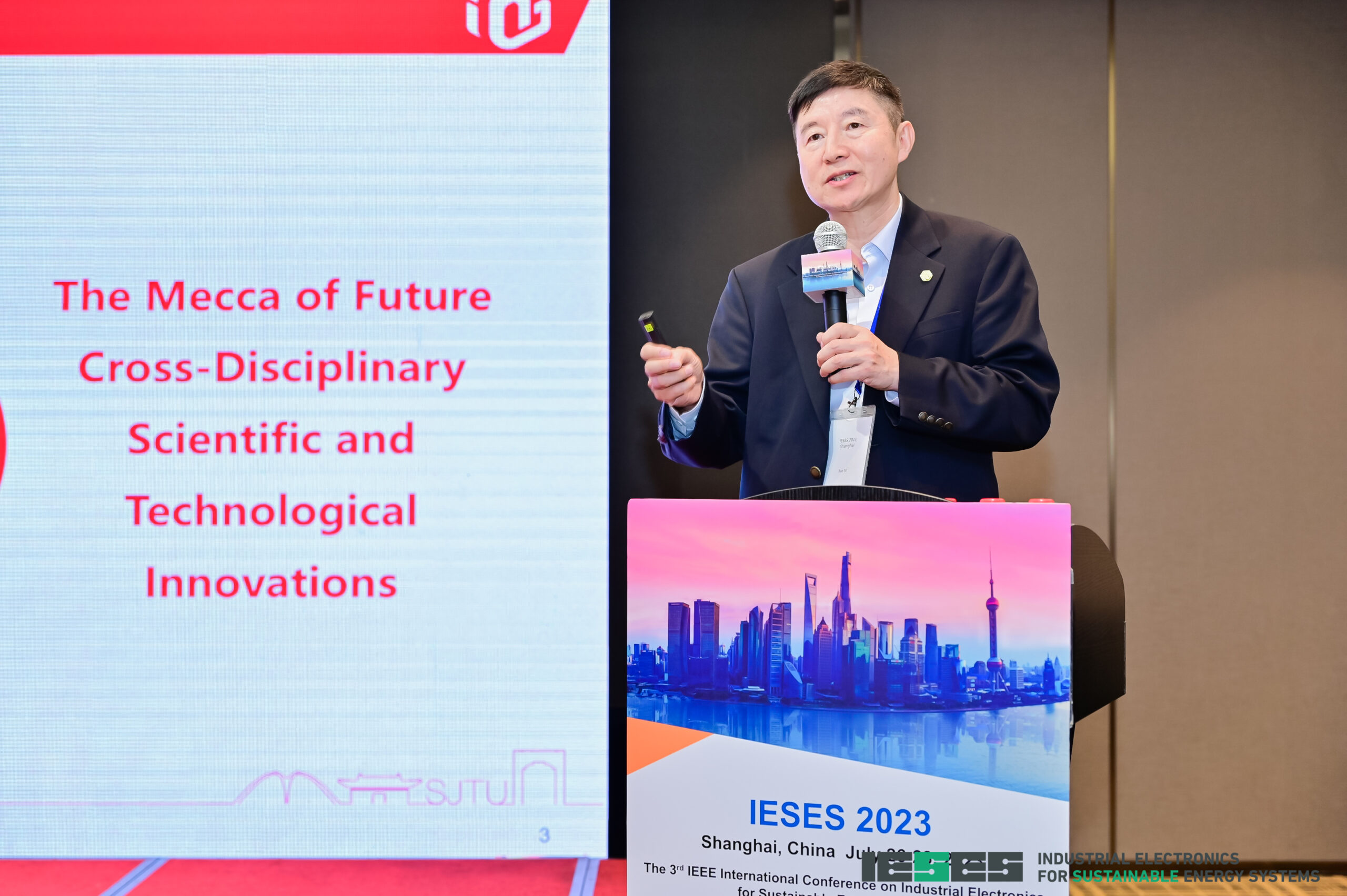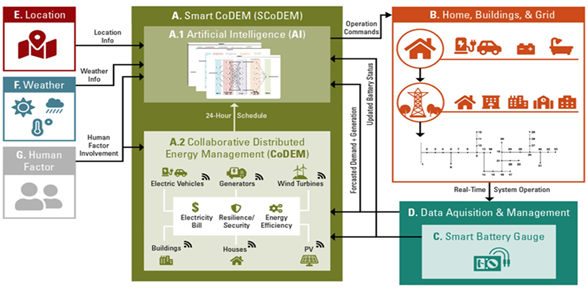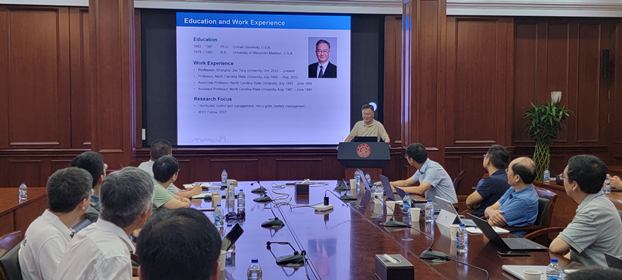IESES 23
The 3rd IEEE International Conference on Industrial Electronics for Sustainable Energy Systems (IESES)

The 3rd IEEE International Conference on Industrial Electronics for Sustainable Energy Systems (IESES) was held in Shanghai City, China from July 26-28, 2023.
The goal of IESES 2023 is to provide an open and inspiring multidisciplinary platform to exchange innovative ideas, solutions, and results in sustainable energy systems. Shanghai has many leading research institutes and companies in the field of energy storage and sustainable energy. Taking this advantage, in addition to regular academic events, IESES 2023 has organized industrial events with keynote speeches, panels, company tours, and also hold a banquet on Shanghai Huangpu River night cruise.
Professor Saifur Rahman, 2023 IEEE President & CEO, was invited to make keynote speech on IoT Sensor Integration in Smart Buildings for Climate Sustainability.

Professor Jun Ni, Dean of Global Institute of Future Technology (GIFT), SJTU, China, was invited to make keynote speech on GIFT’s Sustainable Energy Program and University-Industry Collaboration with CATL .

















